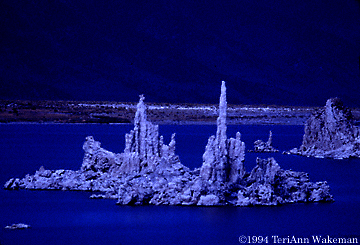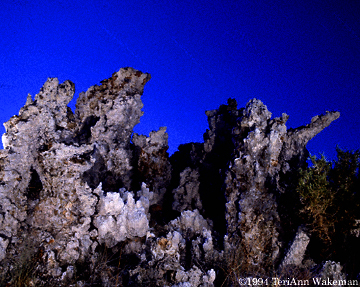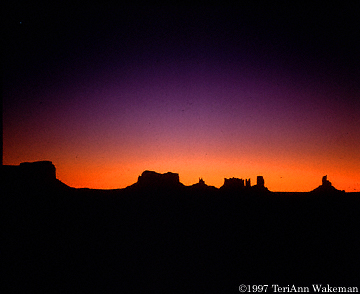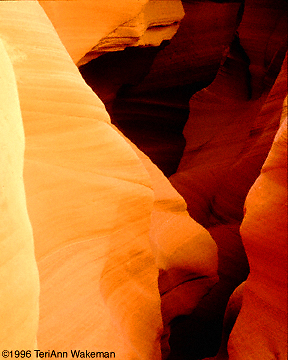TeriAnn
Explorer
I'm afraid I need to face realities of growing older (better than the alternative). My eye sight is becoming poor enough that I can no longer reliably get a critical focus on my subject. I have avoided auto focus camera gear so I could choose exactly where I want my focus plane to be.
For reference Here is the highlights of my two camera systems:
My small system is a Pentax 67, 2 bodies, and lenses going from 45mm through 300 mm and yes a Pentax focus screen magnifier.
My other system is a Wisner 4X5 technical field camera with 3 lenses.
I have a Jobo ATL-1000 portable film processor so can process my film during a trip anyplace I can find 110V, water and a dust free place to hang film to dry.
I like to make large prints and have always considered 35mm to be too small to print larger than 5X7. It has seemed a bit fuzzy at 8X10 and very fuzzy larger than that. 16X20 is about as large as I'm willing to print 6X7 film. I can't see the grain difference like I used to but I know others with critical eye sight can.
If I need to go to auto focus, maybe I should also consider digital as well. I've seen some large digital prints that look quite good to my current eyesight, but I wonder if digital can meet expectations. A significant percent of the shooting I do is at low light where the film is in reciprocity failure. My reciprocity tables and second timer are important tools.
Here is my main concern:
Can you get film like results using digital cameras in low light situations? Shooting at dusk? Slot canyons? Shooting at night by the light of a full moon?
Can I take pictures like these with a digital camera? If yes what features do I need?

Lake Mono at about 2AM under a full moon

South tuffas under a full moon with foreground flash fill

Monument Valley at the break of dawn

A slot canyon in Arizona.
What about filters? Do they work with digital? What if I wanted to use a slight warming filter to pop a sunset?
It will be very hard for me to sell my existing camera gear. I've been hanging onto it because of the faithful service my gear has given me, the places I've used it and the memories. But I need to face my current realties. I'm not sure what to replace my faithful gear with.
For reference Here is the highlights of my two camera systems:
My small system is a Pentax 67, 2 bodies, and lenses going from 45mm through 300 mm and yes a Pentax focus screen magnifier.
My other system is a Wisner 4X5 technical field camera with 3 lenses.
I have a Jobo ATL-1000 portable film processor so can process my film during a trip anyplace I can find 110V, water and a dust free place to hang film to dry.
I like to make large prints and have always considered 35mm to be too small to print larger than 5X7. It has seemed a bit fuzzy at 8X10 and very fuzzy larger than that. 16X20 is about as large as I'm willing to print 6X7 film. I can't see the grain difference like I used to but I know others with critical eye sight can.
If I need to go to auto focus, maybe I should also consider digital as well. I've seen some large digital prints that look quite good to my current eyesight, but I wonder if digital can meet expectations. A significant percent of the shooting I do is at low light where the film is in reciprocity failure. My reciprocity tables and second timer are important tools.
Here is my main concern:
Can you get film like results using digital cameras in low light situations? Shooting at dusk? Slot canyons? Shooting at night by the light of a full moon?
Can I take pictures like these with a digital camera? If yes what features do I need?

Lake Mono at about 2AM under a full moon

South tuffas under a full moon with foreground flash fill

Monument Valley at the break of dawn

A slot canyon in Arizona.
What about filters? Do they work with digital? What if I wanted to use a slight warming filter to pop a sunset?
It will be very hard for me to sell my existing camera gear. I've been hanging onto it because of the faithful service my gear has given me, the places I've used it and the memories. But I need to face my current realties. I'm not sure what to replace my faithful gear with.
